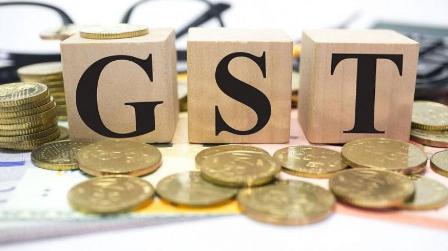India, China to account for half of global economic growth in 2023: IMF
WASHINGTON, APRIL 7: The IMF chief on Thursday said that the world economy is expected to grow at less than 3 per cent this year, with India and China expected to account for half of the global growth in 2023.
International Monetary Fund (IMF) managing director Kristalina Georgieva warned that a sharp slowdown in the world economy last year following the raging pandemic and Russia’s military invasion of Ukraine would continue this year.
The IMF chief added that the world economy is down from 3.4 per cent last year, increasing the risk of hunger and poverty globally.
Kristalina Georgieva said the period of slower economic activity will be prolonged, with the next five years of growth remaining around 3 per cent, calling it “our lowest medium-term growth forecast since 1990”, and well below the average of 3.8 per cent from the past two decades.
“Some momentum comes from emerging economies. Asia especially is a bright spot. India and China are expected to account for half of the global growth in 2023. But others face a steeper climb,” she explained.
After a strong recovery in 2021 came the severe shock of Russia’s war in Ukraine and its wide-ranging consequences “Global growth in 2022 dropped by almost half, from 6.1 to 3.4 per cent,” Georgieva said.
Georgieva said slower growth would be a “severe blow,” making it even harder for low-income nations to catch up. “Poverty and hunger could further increase, a dangerous trend that was started by the COVID crisis,” she explained.
Her comments come ahead of next week’s spring meetings of the IMF and the World Bank, where policy-makers will convene to discuss the global economy’s most pressing issues. The annual gathering will take place as central banks around the world continue to raise interest rates to tame galloping inflation rates.
About 90 per cent of advanced economies are projected to see a decline in their growth rates this year, she said.
For low-income countries, higher borrowing costs come at a time of weakening demand for their exports, she said. Roughly 15 per cent of low-income countries are already in debt distress, and another 45 per cent face high debt vulnerabilities, according to the IMF.
Georgieva said high-interest rates, a series of bank failures in the US and Europe, and deepening geopolitical divisions are threatening global financial stability.
Georgieva added that while the global banking system had “come a long way” since the 2008 financial crisis, “concerns remain about vulnerabilities that may be hidden, not just at banks but also non-banks.”
This all comes as the United States, the European Union and others are rethinking their trade relationships with China.
Tensions with China accelerated after Russia’s invasion of Ukraine in February 2022, with Chinese President Xi Jinping pledging a friendship without limits to Russian President Vladimir Putin.
Georgieva warned in her speech: “But the path ahead and especially the path back to robust growth is rough and foggy, and the ropes that hold us together may be weaker now than they were just a few years ago.”
“Now is not the time to be complacent,” she said.
-PTI







